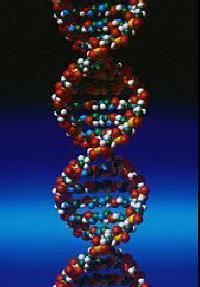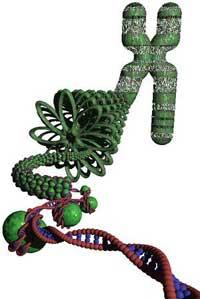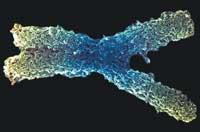Male chromosome
2003/06/19 Roa Zubia, Guillermo - Elhuyar Zientzia
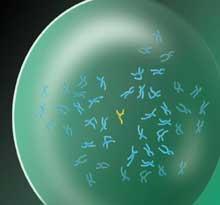
"In addition to the history of the entire genome, each chromosome has to tell," writes Huntington F. The American biologist Willard in a comment for the journal Nature. The affirmation is very adequate in the case of chromosome Y, since in its sequences can be detected signs of evolution.
When sexual reproduction was developed, a pair of chromosomes were 'adapted' to respond to it and the remains of this adaptation have remained on those chromosomes. In addition, one of these two chromosomes evolved, giving rise to chromosome Y. Since then this chromosome encodes the characteristics of the male. Females lack Y chromosomes.
A group of American and Dutch biochemists, in collaboration, have selected part of this chromosome for research. Instead of studying the entire chromosome, they have chosen euchromatine, the part that more genes encode. The other parts of the chromosome contain fragments of DNA that are often repeated and, apparently, do not encode anything.
Heavy Duty Heavy Duty
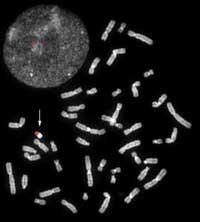
At first scientists were not right to think that the work was going to be difficult, but as the study progresses it became very complicated. On the one hand, numerous interrelated fragments have been found and, on the other, numerous palindromic fragments of DNA have been found, that is, sequences that are read equally in the two strands of DNA.
These palindromes constitute a sequence of 3 million base pairs. Therefore, taking into account the method used to read the sequence, it is easily understood that it is a heavy work: first the DNA is broken, then the sequence of each piece is read and, finally, all that information must be ordered to complete the complete sequence of the original. In the last step, the pieces read are ordered by computer and, however, much of them are formed by the “palindromic DNA”, so it is very difficult to finish the sequence with precision.
The repercussion of the past
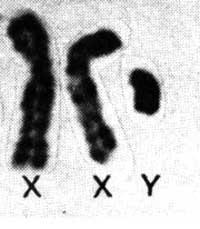
What are such long and confusing sequences on the chromosome for? Biochemicals have proposed a response to this question. Formerly, during the reproductive process, sex chromosomes exchanged parts of DNA, which is known as recombination. As the two chromosomes were equal, there were two copies of all the material, and any errors that were produced in a copy were solvented with the reference of the other copy, by recombination.
But when the Y chromosome became different, the recombination between two chromosomes disappeared, leaving the genetic material between the arms of the Y chromosome. The two copies of the genes were inside the same chromosome, in two arms, so the recombination, instead of between chromosomes, became a process within a single one. That idea was a hypothesis, but intelligent.
Biochemicals have tried to confirm this hypothesis by obtaining surprising results. The sequence of a gene in one arm can cause transformations in the copy of the other arm, in addition to facilitating this process by the presence of palindromic fragments.
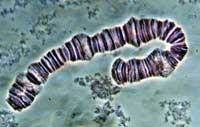
According to biochemicals, not only on chromosome Y, but also on other chromosomes, where there are also palindral parts and duplicate material. Perhaps the genome is much more dynamic than was thought and control to avoid errors is stricter than was thought.

Gai honi buruzko eduki gehiago
Elhuyarrek garatutako teknologia




